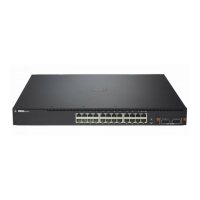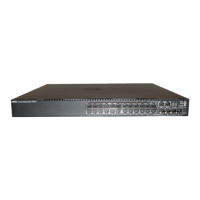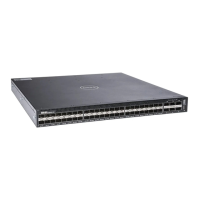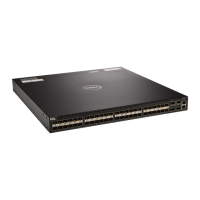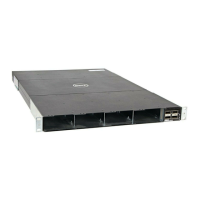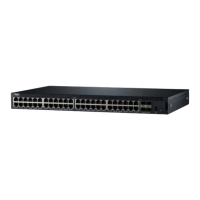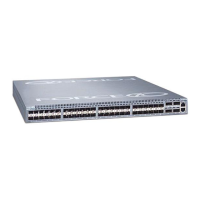Managing a Switch Stack 179
on the stack master. This type of operation is called nonstop forwarding.
When the stack master fails, only the switch ASICs on the stack master need
to be restarted.
To prevent adjacent networking devices from rerouting traffic around the
restarting device, the NSF feature uses the following three techniques:
1
A protocol can distribute a part of its control plane to stack units so that
the protocol can give the appearance that it is still functional during the
restart.
2
A protocol may enlist the cooperation of its neighbors through a technique
known as graceful restart.
3
A protocol may simply restart after the failover if neighbors react slowly
enough that they will not normally detect the outage.
The NSF feature enables the stack master unit to synchronize the running-
config within 60 seconds after a configuration change has been made.
However, if a lot of configuration changes happen concurrently, NSF uses a
back-off mechanism to reduce the load on the switch. The show nsf
command output includes information about when the next running-config
synchronization will occur.
Initiating a Failover
The NSF feature allows you to initiate a failover using the initiate failover
command, which causes the former stack master to reboot (cold start), and
the new master to perform a warm restart.
Initiating a failover reloads the stack master, triggering the backup unit to
take over. Before the failover, the stack master pushes application data and
other important information to the backup unit. Although the handoff is
controlled and causes minimal network disruption, some application state is
lost, such as pending timers and other pending internal events.
Checkpointing
Switch applications (features) that build up a list of data such as neighbors or
clients can significantly improve their restart behavior by remembering this
data across a warm restart. This data can either be stored persistently, as
DHCP server and DHCP snooping store their bindings database, or the stack
master can checkpoint this data directly to the standby unit. Persistent
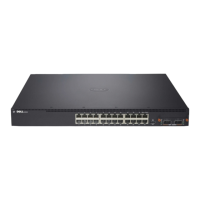
